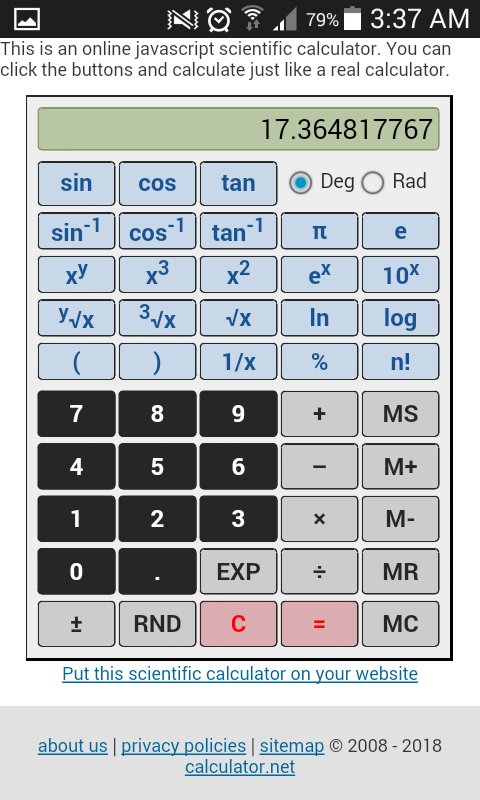silver said:
Practice pacing out metres as you walk too.... find a known distance of say 10m or an olympic pool length of 50m and practice pacing out your step length until you get your 1m step length right. That will help you be able to step out your distance on the ground in the bush using a compass if you have to. It's a good skill to possess at any rate. :Y:
One problem with that is that the distance on a map is planimetric....when you 'pace' out 50m in the bush you are pacing out the slope distance. There is a difference between the two. Eg if you pace out 50m on a 20 degree slope the horizontal (map) distance will only be 47m. You'll be 60m out over a km on a 20 degree slope.
On steeper ground the effect will be larger.
The further you walk the further away you'll be from where you think you are.
For following a compass bearing it wont matter however if the reef follows that same bearing. The down side is thst 500m map distance is slways less than the actual distance unless the ground is perfectly flat snd horizontal which is a rare occurence.






